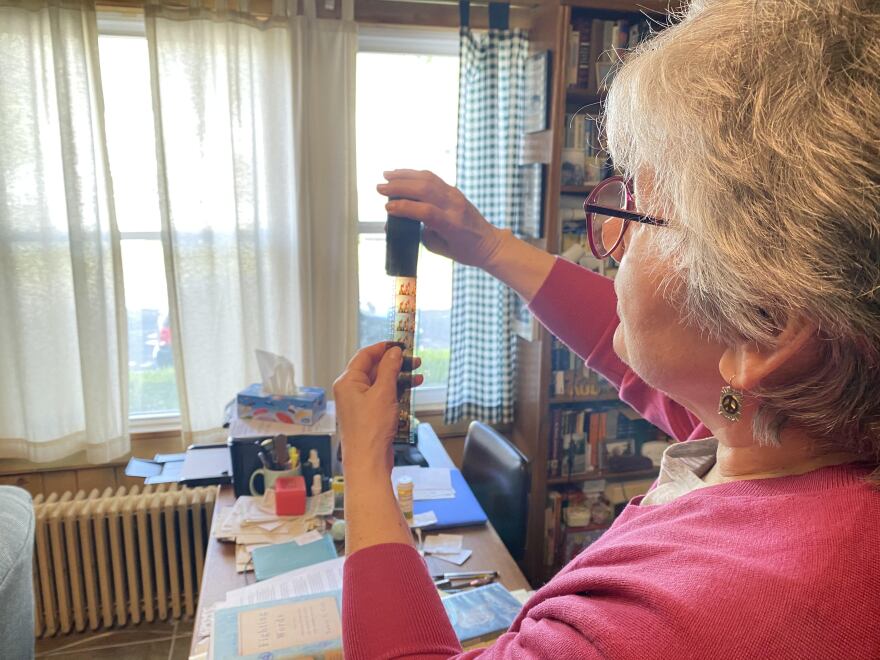Andy Warhol dominates the world of independent cinema in the 1960s. Or not. Maybe that’s just the way we have been trained to remember what went on eighty years ago. Look a little deeper and find that the 1960s was an inspired time for many creative artists who had discovered the magic that they could make with an 8mm, 16mm, or 35mm camera!
In the early 1960s, Hollywood was selling the romantic comedies of Doris Day and Rock Hudson, bloodless shoot-em-ups, and the goofy antics of Jerry Lewis. Meanwhile audiences also were enjoying a new kind of movie, To Kill a Mockingbird, Lilies of the Field, The Miracle Worker.
Even within the staid capitalist system of the American movie business, there was a hum of new blood, new styles of filmmaking. Same was true of world cinema. By the 1960s, Hollywood was recognizing New American Cinema. France was well into the movement called the French New Wave. Filmmakers were using more realistic language, more naturalism, possibly more imagination, and certainly more cinematic techniques to tell stories.
Indie filmmakers from across the country were making independent cinema. Some of these films were distributed. While they rarely played in major venues, they were seen. Sometimes on college campuses, sometimes local gatherings of art lovers. And, unlike Hollywood’s practice of men directing movies, independent filmmakers included women.
Recently, two works by indie filmmaker Juleen Compton, have been made available on blu-ray through a joint project of Flicker Alley and the UCLA Film and Television Archive. The disc is called Cinematic Journeys.
Stranded, from 1965, was shot mainly in Greece. It stars and is directed by Compton. Stranded follows three people on a voyage mainly on a barge in the Athens area. As they travel, they also are exploring their inner worlds, what they want in life. Compton has called the film an examination of “self-determination.” The three are one couple and a gay friend. Having an actively, openly gay character in a film from 1965 sets it aside from Hollywood product.
Compton, who worked as a theater actress in the 50s and was trained by Lee Strasberg, went to Europe and there was influenced by the French New Wave people. Stranded has New Wave touches; it reminds me of Truffaut’s Jules and Jim which was made three years previously. But Stranded is no Jules and Jim. The three characters seek to find serenity, peace, even fulfillment as they roam, yet there is little that is artful about their adventure. A bit of stop motion camera and a scene of the three high on weed with lens distortion do not help to make this a standout movie.
Compton returned to the U.S. and made The Plastic Dome of Norma Jean the next year. She spent $125,000, hired union labor, and got Michel Legrand to compose the music. In this film, shot in the Ozarks, a young blonde who has special powers of touch joins up with a rock band to entertain audiences in a large plastic dome. The band sounds like The Dave Clark Five. There are surreal touches that don’t mean much. She calls her lead Norma Jean, an obvious reference to Marilyn Monroe, and the movie is about exploitation. That is ironic.
The exquisite restoration of these two films is beautiful to see. The films are curios of their time but uninspired.
Audrey Kupferberg is a film and video archivist and retired appraiser. She is lecturer emeritus and the former director of Film Studies at the University at Albany and co-authored several entertainment biographies with her late husband and creative partner, Rob Edelman.
The views expressed by commentators are solely those of the authors. They do not necessarily reflect the views of this station or its management.




